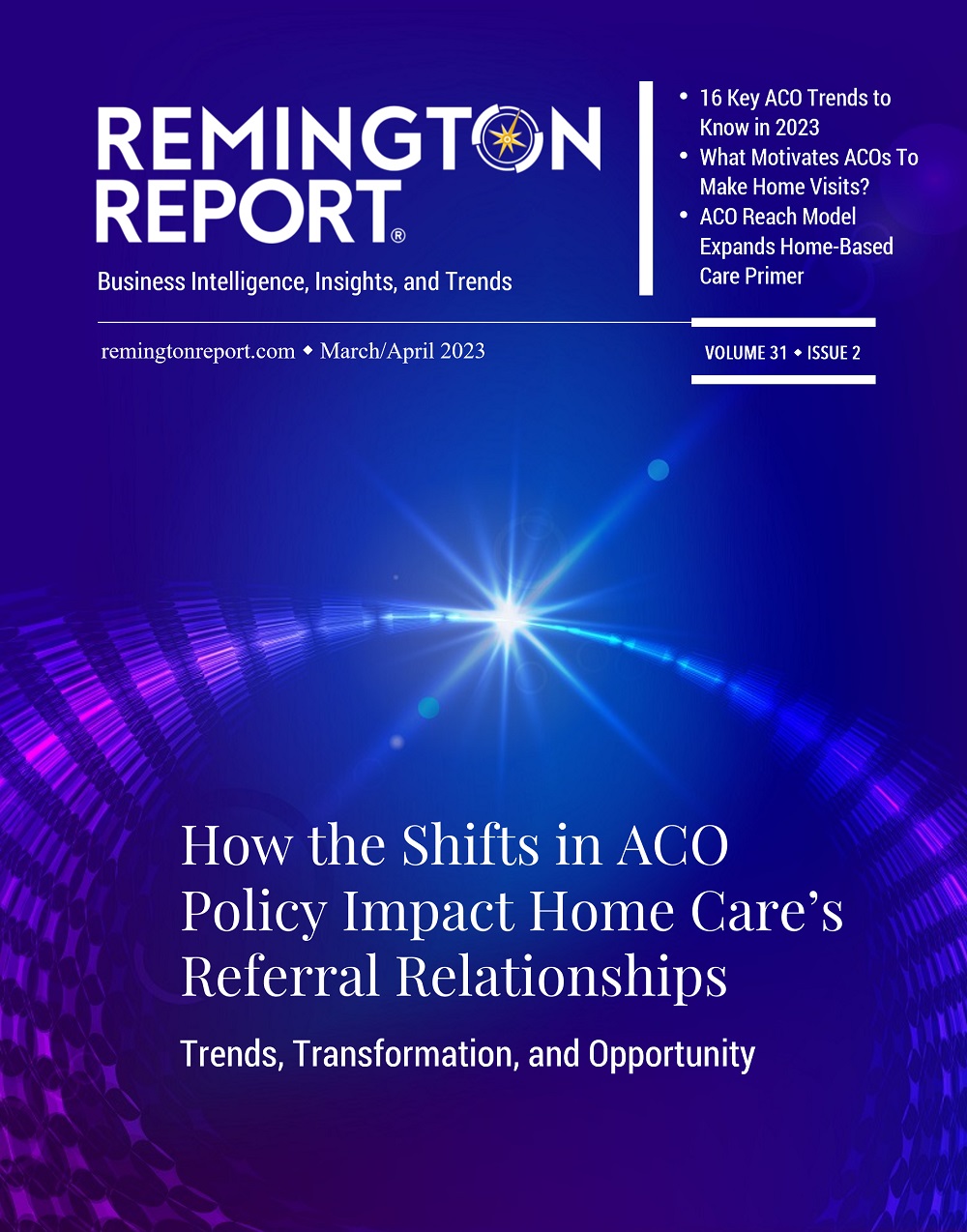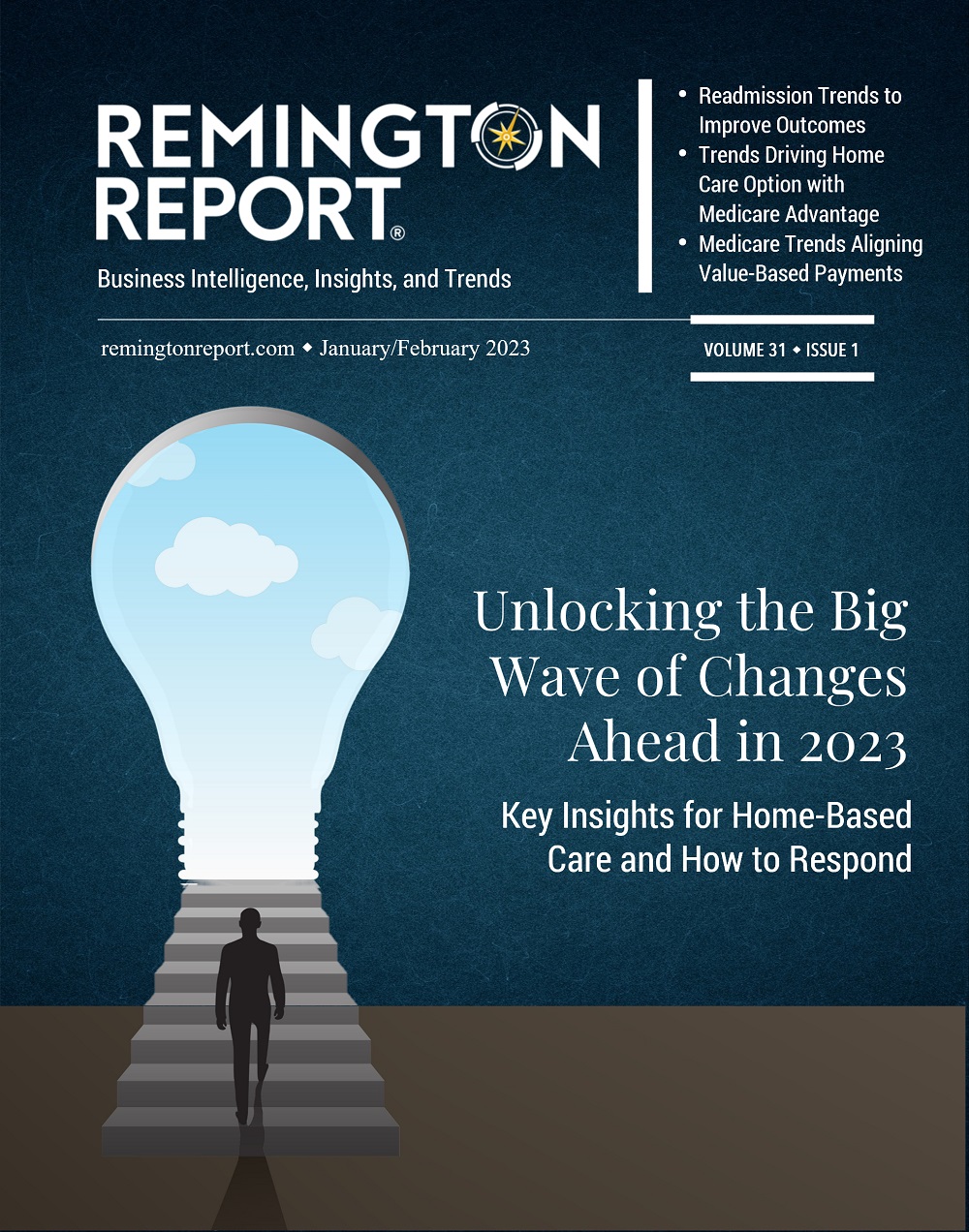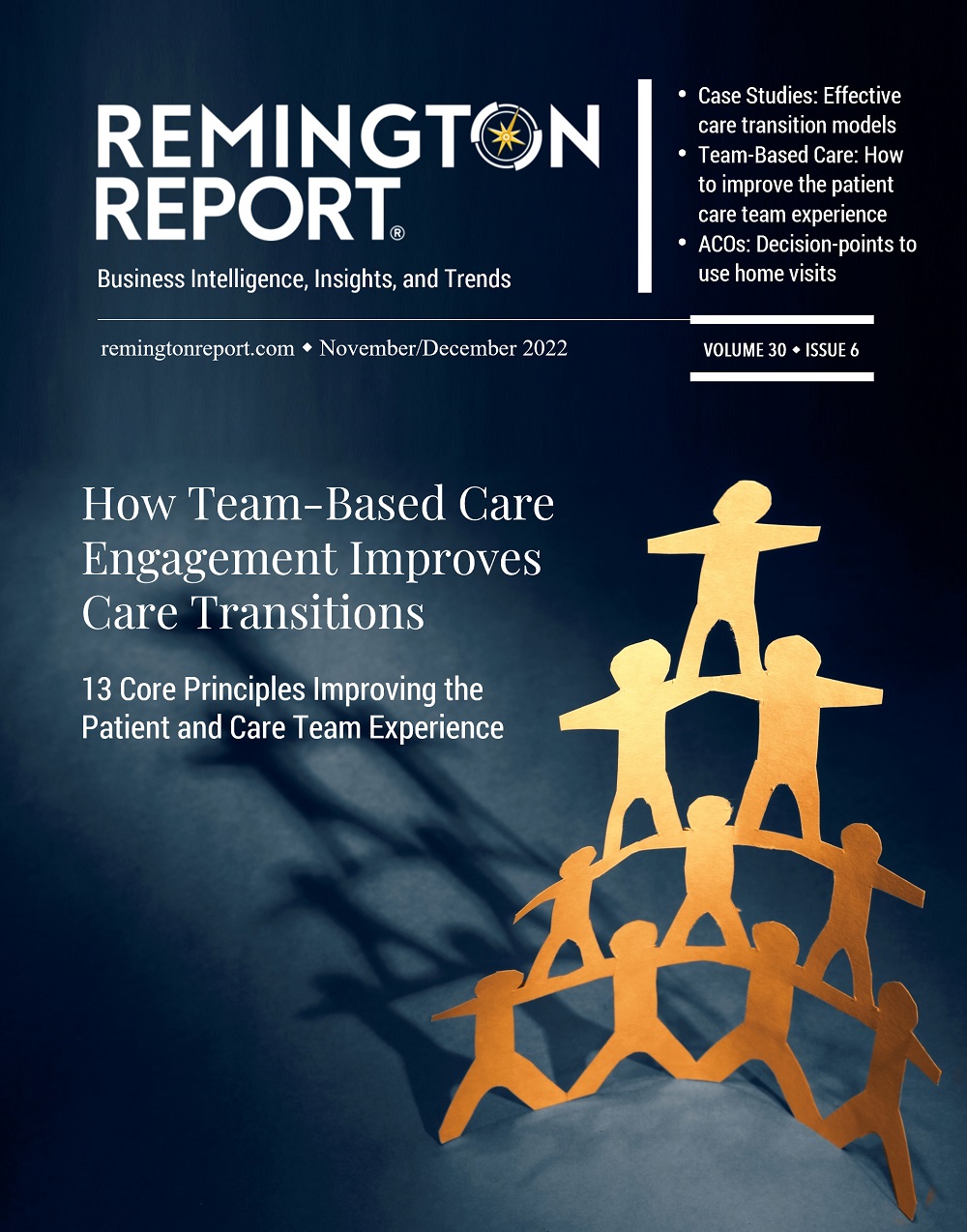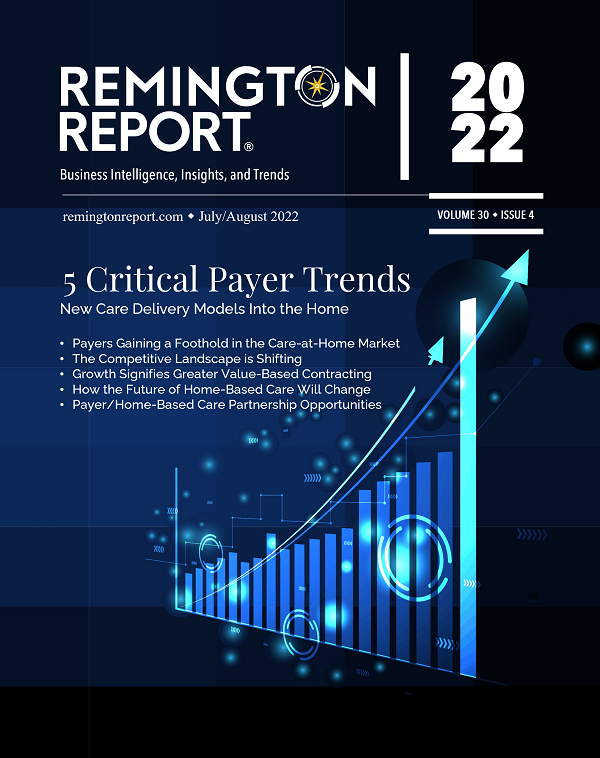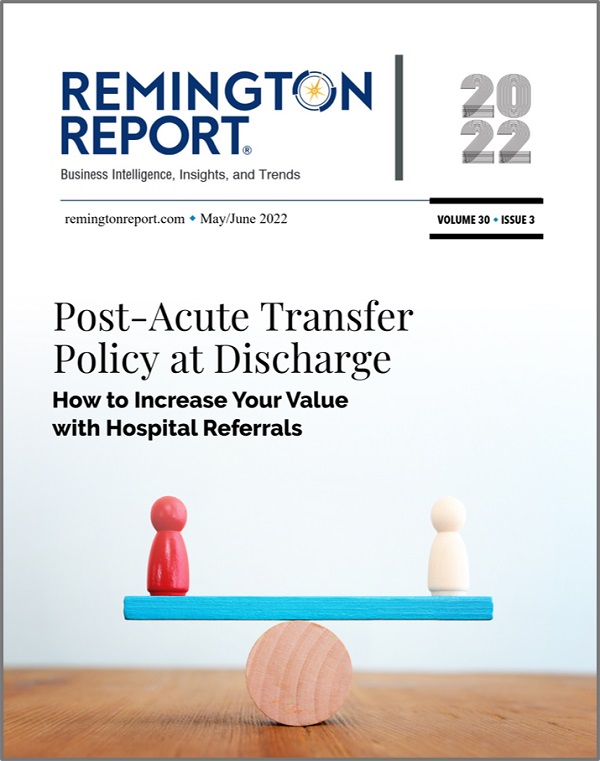Payers and Alternative Payment Models (APMs) are turning to palliative care programs as a way to offer value-based end-of-life care. Learn how changes affect the future.
The palliative care landscape is changing. Payers and hospitals understand about one-quarter of Medicare dollars are spent on inpatient care, post-acute care and hospice. Both are looking to reduce avoidable costs and to provide the end-of-life care that patients want. Clinician-leaders have moved toward palliative services “to improve the quality of life and outcomes for patients with serious illness and their families.”
Four Key Trends:
- About eight of 10 of the 2.6 million people who died in the US in 2014 were people on Medicare, making Medicare the largest insurer of healthcare provided during the last year of life.
- Research has found, for example, that most adults (90 percent) say they would prefer to receive end-of-life care in their home if they were terminally ill, yet data show that only about one-third of Medicare beneficiaries (age 65 and older) died at home.
- Per capita Medicare spending among decedents in 2014 peaked at age 73 ($43,353) and decreased by almost half ($23,181) by age 95.
- Approximately half of total Medicare spending for people who died in a given year goes toward hospital inpatient expenses, while hospice and skilled nursing services each accounted for about 10 percent of Medicare spending
Payer Example
Blue Shield of California today announced it has expanded its home-based palliative care program statewide, becoming the only health plan in California to offer this service in all 58 counties. 3,255,734 is the number of lives enrolled in Blue Shield of California, which ranks second in the market with an 8.9% share. The insurer recently said it expanded its home-based palliative care program, becoming the only health plan in the state to offer the service in all 58 counties.
The expansion follows the successful launch of a pilot program in the Sacramento area in early 2017. This model of care features home visits from integrated teams that include physicians, nurses, social workers, chaplains and other specialists to form a comprehensive care support system for patients facing serious illness.
“By working closely with our provider groups and Blue Shield’s nationally-recognized Accountable Care Organizations (ACO), we have built a statewide network of providers who can deliver palliative care to seriously ill members whether they are at home or in a healthcare facility,”
Palliative care is patient- and family-centered care that prioritizes quality of life and seeks to ease the symptoms of serious illness. It is appropriate at any age and at any stage in a serious illness and can be provided along with curative treatment. Blue Shield members receiving home-based palliative care benefit from an array of services delivered at home, including:
- Care management and coordination
- Pain and symptom management
- Assistance with treatment decisions and care planning
- Meal delivery and transportation in certain cases
- 24/7 access to care and support
Palliative care is covered as a standard medical service for all members with primary health coverage from Blue Shield of California. Starting this year, it is also available for Medi-Cal beneficiaries enrolled with Care1st Health Plan, an affiliate of Blue Shield. Delivering statewide access to these services helps advance Blue Shield’s mission of ensuring all Californians have access to quality care at an affordable price.
“By working closely with our provider groups and Blue Shield’s nationally-recognized Accountable Care Organizations (ACO), we have built a statewide network of providers who can deliver palliative care to seriously ill members whether they are at home or in a healthcare facility,” said Terry Gilliland, M.D., senior vice president and chief health officer at Blue Shield of California. “We’re proud to be transforming healthcare here in California, and we’re advocating for a nationwide approach to ensure all Americans with serious illness have access to high-quality palliative care services.”
In its first year, Blue Shield’s palliative care program achieved notable results, including:
- More than 800 members – as well as their families and caregivers – received home-based palliative care services through Blue Shield in 2017
- Blue Shield’s home-based palliative care programs received an average patient and family satisfaction score of 96 percent
- 90 percent of Blue Shield of California members enrolled in palliative care who have passed away did so in accordance with their wishes to be in their homes at the end of life. A 2012 study found 70 percent of Californians would prefer to remain in their homes; however, only 32 percent of all Californians passed away at home
- Blue Shield members referred to palliative care were more than twice as likely to utilize their hospice benefits when compared to the national average
- Blue Shield trains its nurse case managers to help seriously ill patients and their families understand and explore their care options
- Blue Shield of California helps its network of primary care providers better serve their seriously ill patients by offering tools and resources on palliative care
“We all want the same thing, which is to provide our patients quality, compassionate care in the setting they choose,” said Jeanine Ellinwood, M.D., medical director at Snowline Supportive Care, which was part of Blue Shield’s pilot program in 2017. “We’ve been caring for those with serious illness since 1979, and Blue Shield’s home-based palliative care program is really breaking new ground in terms of access to quality care and support for caregivers and family members.”
Is this a scalable model to continue in other states?
Alternative Payment Models
An expert advisory committee to the Health and Human Services (HHS) Secretary, March 26, took a major step toward advancing two alternative payment models (APMs) designed to support people living with serious and advanced illness. One model was developed by the Coalition to Transform Advanced Care (C-TAC) and the other by the American Academy of Hospice and Palliative Medicine (AAHPM).
The panel–the Physician-Focused Payment Model Technical Advisory Committee (PTAC)—was created by the Medicare Access and CHIP Reauthorization Act of 2015 (MACRA)to provide comments and recommendations to the HHS Secretary on physician-focused payment models. The panel’s recommendation sends CTAC’s Advanced Care Model (ACM) and the AAHPM’s Patient and Caregiver Support for Serious Illness Model to HHS Secretary Alex Azar II to approve a Medicare demonstration testing APMs that support beneficiaries with advanced illness.
ACM Model
The Coalition to Transform Advanced Care offered the Advanced Care Model (ACM). The ACM has shared savings and risk with payment tied to metrics like evidence of advanced care planning and a care team visit with 48 hours of hospital discharge.
The Advanced Care Model provides a population health management approach for the advanced illness population, focused on the last year of life. “The expected impact for ACM beneficiaries are improvements in:
(1) patient and family engagement,
(2) shared-decision making among patients, families and their physicians,
(3) coordinated care that aligns with patient preferences,
(4) symptom management,
(5) prevention of avoidable and unwanted hospitalizations or low-value treatment, and
(6) prevention of unwanted futile care at the end of life,” the 69-page proposal Abstract states.
The ACM target population is comprised of fee-for-service Medicare beneficiaries with advancing chronic condition(s), with: One or more chronic conditions; Recurrent or extensive disease, acute care utilization, functional decline and/or nutritional decline; and, High 1-year mortality risk.
The ACM offers a new advanced APM. “By creating an integrative model that is focused on a high-cost and high-need population, the ACM provides a mechanism to risk-stratify a broader Medicare population, specifies effective care interventions, and creates additional financial incentives for existing APMs.”
AAHPM PACSSI Model
“Too many patients and caregivers do not receive palliative care and support services, in large part because of barriers that exist under current payment systems,” states the 82-page proposal Overview of the American Academy of Hospice and Palliative Medicine (AAHPM). The Patient and Caregiver Support for Serious Illness (PACSSI) APM “would address these barriers by allowing for the delivery of community-based palliative care medical home services to high-need patients who are not eligible for or ready to elect hospice care.”
“This model would provide tiered monthly PACSSI care management payments to support interdisciplinary palliative care teams (PCTs) as they deliver community-based palliative care to patients who meet eligibility criteria that include a diagnosis of a serious illness or multiple chronic conditions, functional limitations, and healthcare utilization. PACSSI care management payments would replace payment for evaluation and management (E/M) services,” states the proposal Abstract.
PCTs “would be held accountable for performance on cost and quality metrics” under two tracks: Payment Incentives; or, Shared Savings and Shared Risk. “We expect participation from a diverse group of palliative care teams serving urban, suburban and rural populations, and structured within small community-based practices, larger provider organizations, academic health centers, integrated health systems, and hospices.”
The 11-member Committee meets periodically to review physician-focused payment model proposals and to prepare recommendations regarding whether such models meet criteria established through rulemaking by the HHS Secretary. The HHS Office of the Assistant Secretary for Planning and Evaluation provides technical and operational support for the Committee.

Lisa Remington is widely recognized as one of the foremost futurists in the home care industry, focusing on healthcare trends and disruptive innovation. She serves as the president and publisher of the Remington Report magazine and is also the President of Remington’s Think Tank Strategy Institute. Lisa provides strategic advice and education to over 10,000 organizations, assisting them in developing transformative strategies for growth and their future implications. She closely monitors complex trends and forces of change to develop effective strategic approaches.



